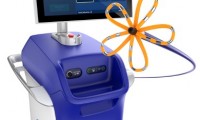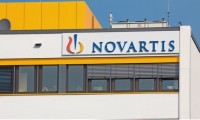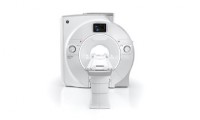-
Nanobiotix shares promising results for radiotherapy enhancer in advanced pancreatic cancer
- Source: drugdu
- 101
- October 9, 2023
-
Medtronic in exclusive talks for $7B sale of units to private equity
- Source: https://www.medtechdive.com/news/medtronic--7b-deal-private-equity-carlyle-group/695282/
- 225
- October 3, 2023
-
Boston Scientific expects ‘dramatic shift’ to pulsed field ablation to fuel fast growth through 2026
- Source: drugdu
- 242
- September 25, 2023
-
J&J starts trial of pulsed field ablation catheter with mapping feedback
- Source: drugdu
- 615
- September 21, 2023
-
Anthos Stops Mid-Stage Atrial Fibrillation Trial Due to ‘Unprecedented’ Efficacy
- Source: drugdu
- 96
- September 20, 2023
-
Novartis Shareholders Approve Sandoz Spin-Off as Product Plans Increase
- Source: drugdu
- 128
- September 19, 2023
-
Gilead-backed Lyndra Therapeutics cuts nearly a quarter of staff as ph. 3 data nears
- Source: drugdu
- 156
- September 19, 2023
-
GE HealthCare partners with Mayo Clinic to accelerate work on imaging and AI
- Source: drugdu
- 125
- September 18, 2023
-
AbbVie shares positive results from head-to-head study of Skyrizi in Crohn’s disease
- Source: drugdu
- 150
- September 15, 2023
-
AbbVie’s Skyrizi Outperforms J&J’s Stelara in Late-Stage Crohn’s Disease Trial
- Source: drugdu
- 110
- September 15, 2023
your submission has already been received.
OK
Subscribe
Please enter a valid Email address!
Submit
The most relevant industry news & insight will be sent to you every two weeks.













